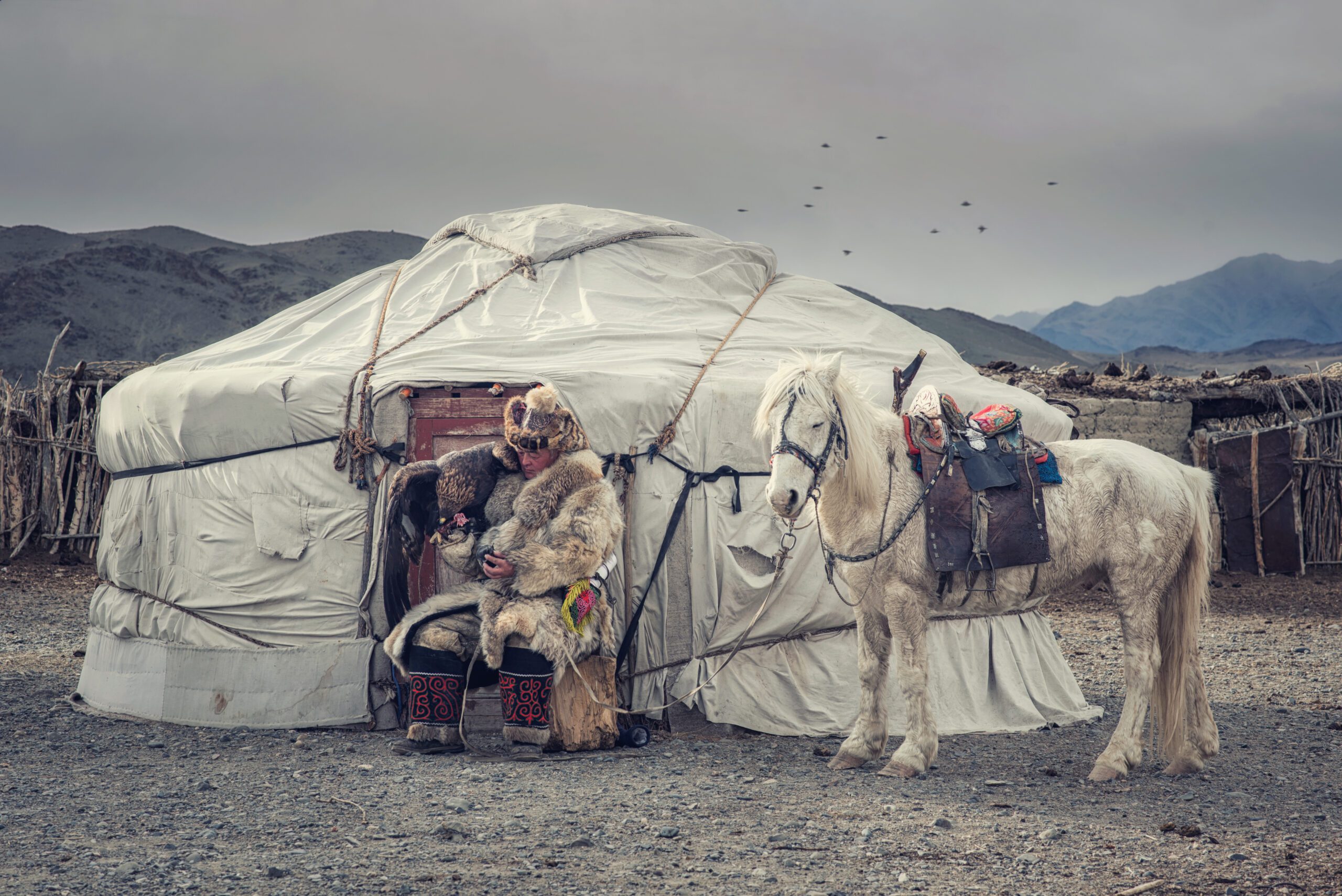
The Flight Of The Saints
Many centuries ago, during the chaotic and perilous spread of Christianity across the known world. Two saints, Clement and Christopher, were fleeing the fires and barbs of their persecution. Their flight was across rough ground, over hills, and through deep valleys. To prevent blisters the two men packed their hard, roughly made sandals with wool which was the most plentiful fiber in these times. At the end of their flight which lasted many hours or even days, the wool which had been subjected to ceaseless pounding and mixing with sweat and oil had formed a tough matted textile. A fabric that we today call felt.
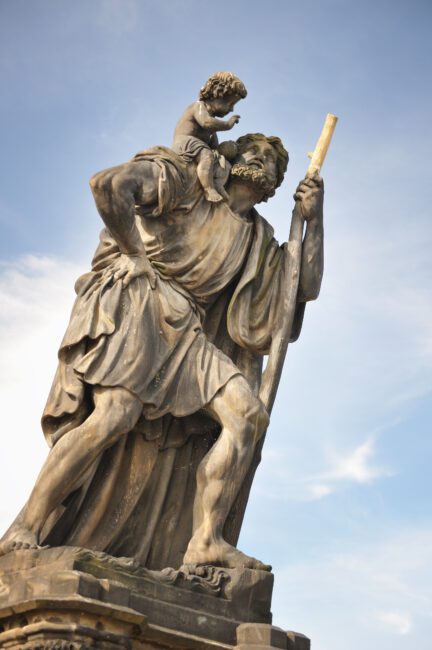

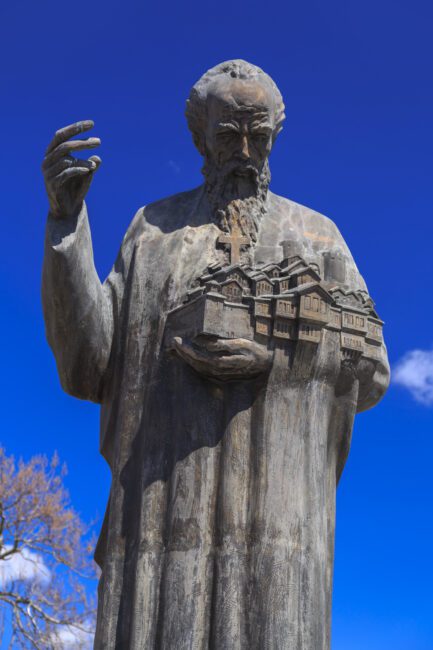

This is one of the many origin stories of this important and often under-appreciated material. Most likely this legend was not the very first discovery of felt, as almost every culture has some sort of mythology of its discovery, which shows how momentous the innovation must have been to them.
What Is Felt?
Felt is a textile that is made by condensing and pressing fibers together. These fibers can be of wool or animal fur, or certain synthetic, usually petroleum-based fibers. These fibers are used because they naturally, or can be made to have, crimps (many little waves). When pressed together over a long time, and usually but not always with heat and some time of added oil, these crimps interlock and produce a dense and absorptive fabric.
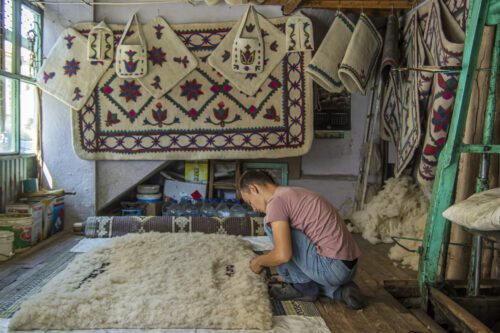

If you remember from the history of wool article (link), these crimps are also the reason why wool was the first textile used in automation and industrial weaving, as well as why it is such a good insulator. Although felt can be made of different materials than wool, the end product does take on these characteristics of fire resistance, sound absorption, and the ability to hold large amounts of fluid without feeling wet.
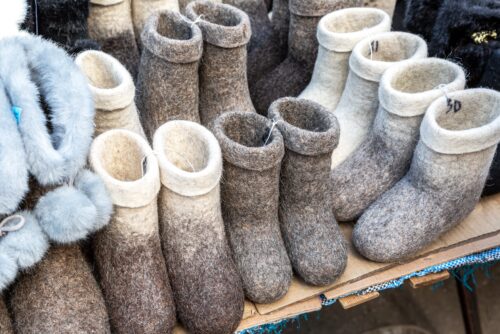

In nonwool or non-wool-like fibers like animal fur. Little scales that cover the hair serve the same role. When these are wetted and rolled/moved and pressed together these scales interlock and form the felt textile.
Likely Origins
The oldest evidence of felt comes from central Asia. Siberian tombs dated to between the 7th and 2nd century BC have been found to have remnants of complex dyed and stitched felt clothing, wall hangings, and horse blankets. The Altai mountains in Northern Mongolia also hold evidence of felt-making at a slightly later date. These discoveries are of complex and artistic designs which shows that the material must have been known to these people long before these findings.
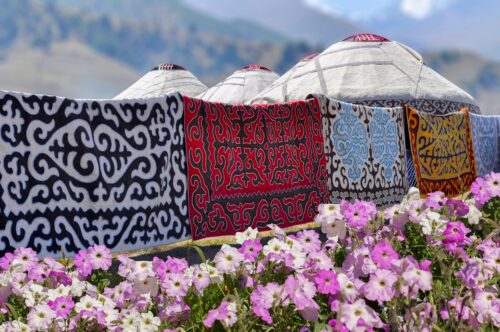

Feltmaking spread out of Mongolia and Siberia through the migrations of the nomadic Turkic and Mongolian tribes. Inhabiting the enormous Eurasian Stepps, which is fairly treeless and has harsh winters and blistering summers, the insulating and animals sourced felt technology was extremely useful. Felt provided housing in the form of yurts and tents, insulation, floor coverings, bedding, clothing, and the like. All this could be sourced from the great herds of animals that the nomads would take a long and/or follow.
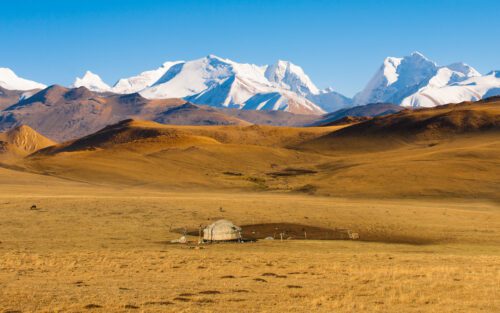

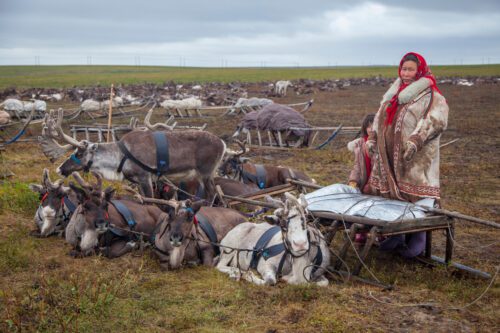

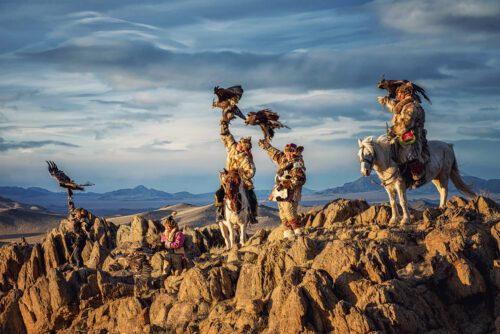

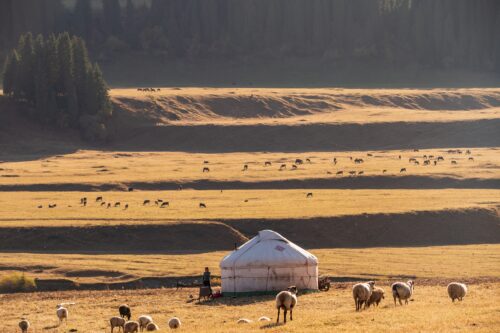

Felt Outside Of Central Asia
Outside of the central Asian peoples felt never had such central importance. In sedentary societies, it was easier and cheaper to source fabrics and clothing from domesticated animals and plants and have them processed through the cottage/local textile industry.
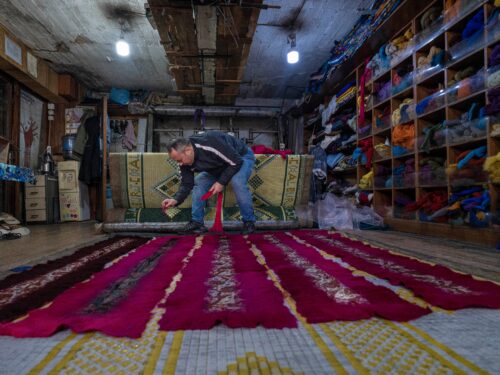

This changed with the rapid progress of the industrial revolution, as industrial methods of production made the material able to be mass-produced and created a variety of new use cases.
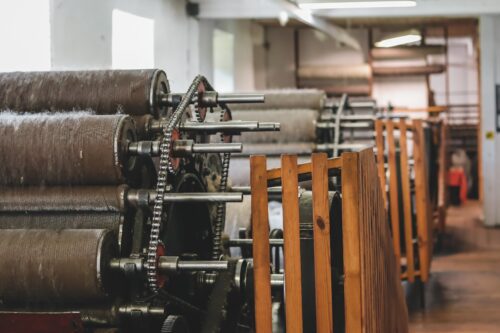

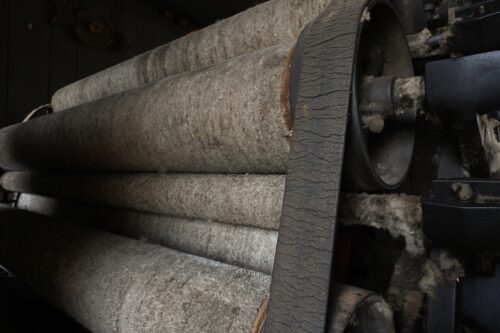

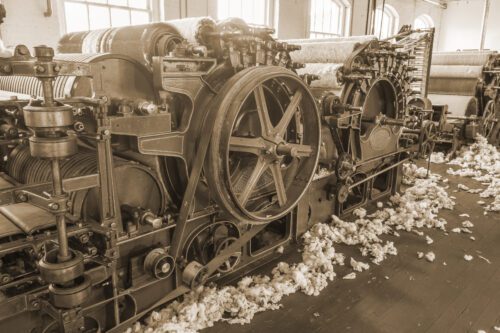

Felt In The Modern World
The special characteristics of felt and its low cost make it a particularly useful textile for specialized applications in various types of industries. Its noise-dampening and fire resistance make it the go-to fabric for cinemas, theatres, and casinos. For similar reasons, it is commonly used in the automotive and aeronautics industry.


Felt clothing, boots, and hats are relatively common, particularly in cold countries. The dominance of Merino sheep and their variety of extremely fine wool has enhanced the felting industry, especially in recent decades.
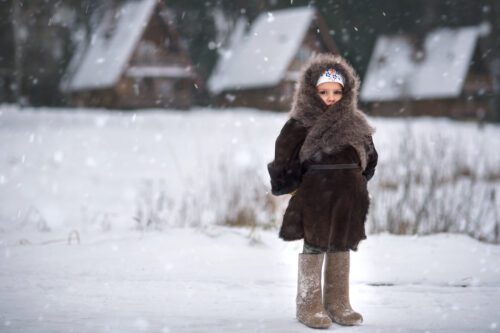

Felt will certainly continue to be used across fashion and industry. It provides a great range of unique advantages at a variety of costs, while also retaining strong traditions in art and craftsmanship.








Thank you for another very interesting article on textiles. I’ve enjoyed, and learned from every one so far. Proof that you can teach old dogs new tricks, as I’ve been addicted to fabric and sewing for nearly all of my 70 years. Thank you!
Myra, I love reading your articles. I always learn something new. Thank you for your patternsctoo!
HI Gilli, It is truly my pleasure!
Thank you for such an informative article! I am amazed by the history and versatility of felt.
Very happy you liked it. Indeed it is one of the most versatile materials.